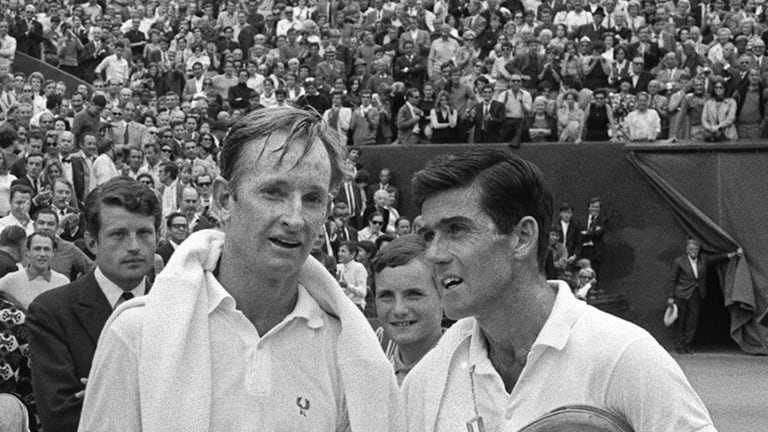TBT: The Open era begins at Bournemouth's West Hants Lawn Tennis Club
By Apr 22, 2021Madrid, Spain
Fabian Marozsan saves 11 set points, wins pair of Madrid tie-breaks to defeat Aslan Karatsev
By Apr 24, 2024Pop Culture
Coco Gauff dishes on 'embracing adulthood' in TIME magazine's May cover story
By Apr 24, 2024Pick of the Day
Roberto Carballes Baena vs. Dominik Koepfer, Madrid
By Apr 24, 2024Madrid, Spain
Caroline Wozniacki stumbles in clay comeback, exits Madrid in nostalgic Errani match
By Apr 24, 2024Madrid, Spain
Rafael Nadal says he is not 100% fit ahead of Madrid debut and unsure about playing Roland Garros
By Apr 24, 2024Line Calls
ATP Mutua Madrid Open Betting Preview
By Apr 24, 2024Madrid, Spain
Despite jet lag, Sloane Stephens keeps winning in Madrid with big goals for clay swing
By Apr 24, 2024Social
It's a girl! Belinda Bencic welcomes her first child, a daughter named Bella
By Apr 24, 2024Madrid, Spain
Naomi Osaka victorious in Madrid return, defeats Greet Minnen for first clay win since 2022
By Apr 24, 2024TBT: The Open era begins at Bournemouth's West Hants Lawn Tennis Club
While the men’s field ran quite deep, including long-exiled pros Pancho Gonzales, Rod Laver, and Ken Rosewall, most of the top women were not entered at the event in 1968.
Published Apr 22, 2021
Advertising

TBT: The Open era begins at Bournemouth's West Hants Lawn Tennis Club
© AFP via Getty Images
Advertising

TBT: The Open era begins at Bournemouth's West Hants Lawn Tennis Club